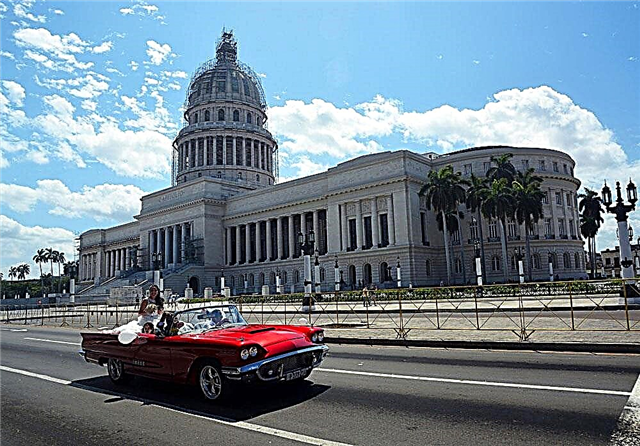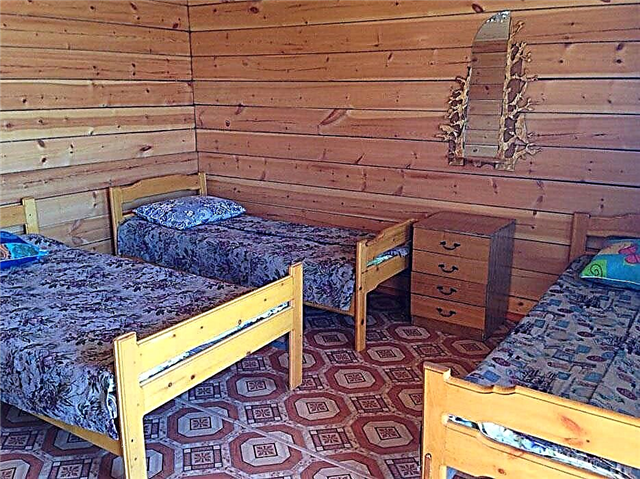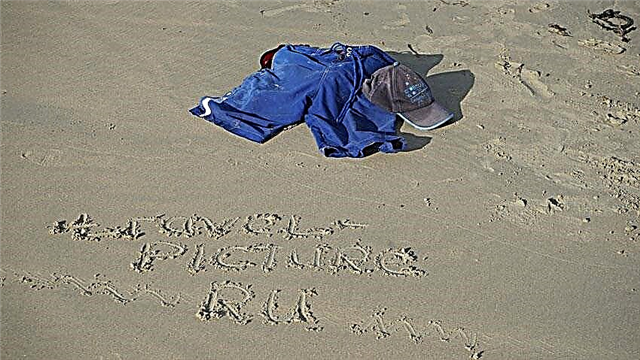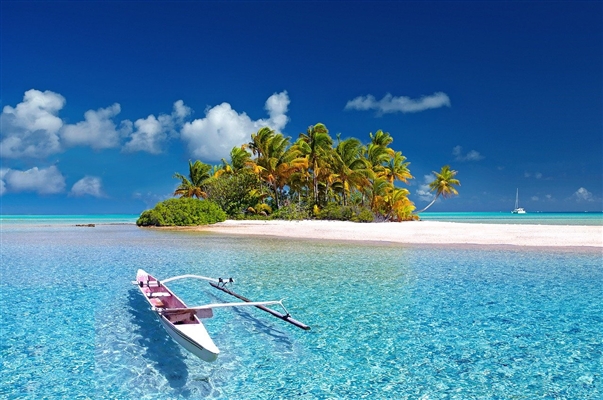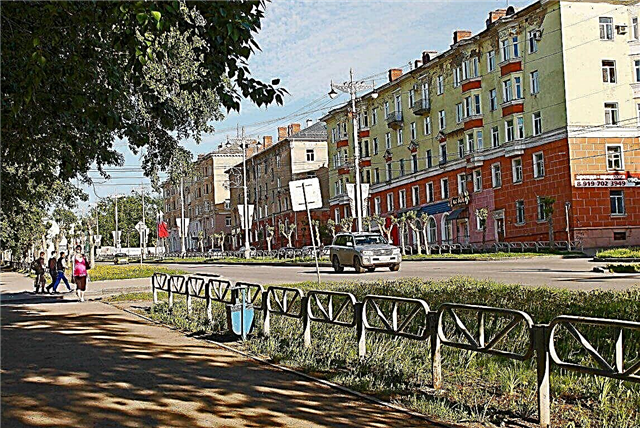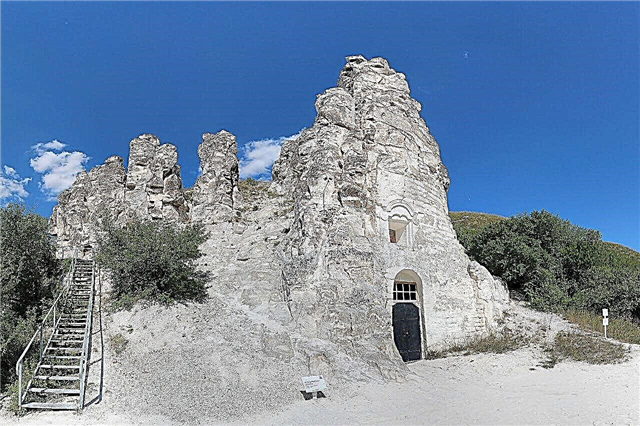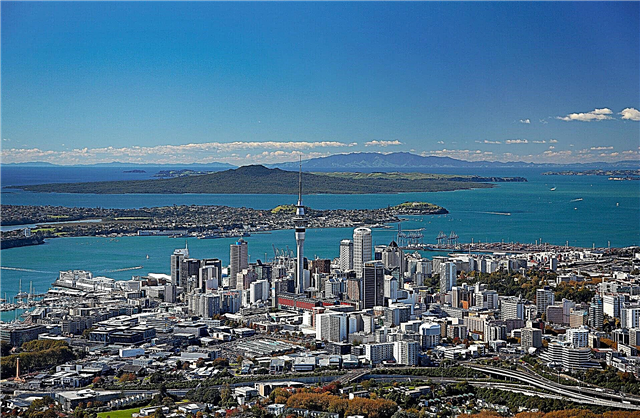The state of New Zealand is spread over two large islands - North and South - in the Pacific Ocean. In addition, about 700 small land plots are attached to the main territory. The country, among other things, made famous the shooting of "The Lord of the Rings": and now you can book a tour of the places associated with the film.
The cities of New Zealand are interesting not only for their sights, but also for their special way of life. Each of them has something to offer tourists. In Auckland, it is worth exploring extinct volcanoes, in Wellington - architecture and urban environment, in Hamilton - a general panorama from a bird's eye view. Do not miss a visit to Tauranga - the "world capital of the kiwi" or to Dunedin, where the steepest street in the world - Baldwin Street is located.
The largest cities in New Zealand
List of the largest cities in terms of population in the country.
1. Auckland
The largest city in New Zealand, its economic and financial center. It is located within the boundaries of the Auckland volcanic region: about 50 extinct volcanoes have survived here, which have now become lakes, mountains, islets. Sailing is popular in Auckland. The city hosts international tournaments, including tennis. The population is almost a third of the total population of the country.
Population - 1 534 thousand people

2. Wellington
The capital of New Zealand, the southernmost capital in the world. The city is named after the British commander. A distinctive feature of Wellington is the abundance of viaducts, tunnels, bridges, parks. The city's architecture is dominated by eclecticism, and it is perfectly combined with the ubiquitous wooden buildings and modern buildings. Sightseeing: St. Paul's Cathedral, Botanical Gardens, former government palace.
Population - 412.5 thousand people.

3. Christchurch
The translation of the title is "The Church of Christ". Sightseeing: Botanical Gardens, Littelton Marine Gallery, Aqurium, Cathedral Square, Canterbury Museum, Orana Wildlife Park. The sightseeing tour can be taken by tram, whose route runs through the entire city. A funicular will take those wishing to explore Christchurch from a height to Mount Cavendish Hill.
Population - 377.2 thousand people.

4. Hamilton
Located on both banks of the Waikato River. In the Maori language, the city is called Kirikiriroa. Hamilton Zoo is spread over 25 hectares. Visitors can pay for a special tour and interact with many animals directly - feed, hold, pet. Other attractions include the multi-style gardens and the Waikato Museum. Hot air balloon tours are popular.
Population - 203.4 thousand people.

5. Tauranga
The modern city inherited its name from the ancient Maori settlements. Its translation is "protected bay". More goods entering the country pass through the local port than any other in New Zealand. Tauranga is called the "world capital of the kiwi" for the abundance of this fruit plantation. In summer, there are many tourists here, which is facilitated by both the climate and infrastructure.
Population - 130.8 thousand people.

6. Dunedin
The city stands on the hills in Otago Bay. They formed on the site of an extinct volcano. The terrain, proximity to water and other factors made the climate on a rather small area of land not only changeable, but also diverse. Dunedin has the steepest street in the world - Baldwin Street. Main attractions: St. Joseph's Cathedral, Knox Church, Cadbury World, Dunedin City Hall.
Population - 118.4 thousand people.

7. Lower Hutt
About 800 research centers function in the city and in its vicinity. Sightseeing: an art museum, film and television studios, the former residence of the Prime Minister, Dry Creek Quarry - one of the filming locations for The Lord of the Rings. Popular leisure activities include fishing, mountain bike racing, and a visit to the large market, open only on Saturdays.
Population - 101 thousand people.

8. Palmerston North
One of the most important academic centers in the country. About 40 thousand students study here, so Palmertson North is called the "student city". Sightseeing: Museum "Te Manawа", several theaters, independent galleries, about 100 parks, recreation areas and reserves. All conditions for sports have been created: both indoor and outdoor sports grounds are available to everyone.
Population - 78.8 thousand people.

9. Hastings
Named after the first Governor General of India. Wine and food tours are very popular with visitors. They allow you to taste local produce and explore the area. The city has the largest water park in the country. And in March, the Horse of the Year is held, one of the largest horse-related events in the Southern Hemisphere.
Population - 71 thousand people.

10. Rotorua
Stands on the shore of the lake of the same name. The full name in the Maori language is Te Rotorua — nui-a-Kaumatamomoi. An important tourist center of the country. Modern infrastructure, a large selection of hotels for every budget, an abundance of entertainment and leisure options make the city attractive, both in the eyes of New Zealanders and foreigners. The main attractions are natural, for example, geysers.
Population - 70 thousand people.

11. Napier
After the 1930 earthquake, the city was rebuilt. Its Art Deco architectural beauty attracts tourists from all over the world. The main attraction is the Pania statue - an image from the Maori culture. This sculpture is photographed more often than other cultural sites in the country. The main industries of the district are sheep breeding, gardening, winemaking. Napier is the largest wool production center in the Southern Hemisphere.
Population - 63.1 thousand people.

12. New Plymouth
The first permanent settlements of Europeans in New Zealand appeared in these territories in 1841. The local port is the only deep-water port on the west coast of the country. Oil and gas are produced in the waters of New Plymouth. Attractions - Govett-Brewster Art Gallery, home of the annual festival of lights, gardens, a 13-kilometer alley that runs along the coast.
Population - 55.3 thousand people.

13. Invercargill
Simultaneously the southernmost and westernmost city in New Zealand. The name in the Maori language is Waiopai. The symbol of Invercargill is the water tower, and the main architectural attraction is the building of the former Masonic lodge, built in 1864. Rugby is popular as an amateur and professional sport. The city hosted matches of two rugby world championships.
Population - 54.2 thousand people.

14. Whangarei
The name in the Maori language - Whangarei-Terenga-Paraoa is translated as “the place where whales live”. The Meir Park is home to Mount Parahaka, an iconic place for the indigenous people. Here, Maori warriors in ancient times performed a ritual dance before being sent to battle. Attractions: the largest collection of clocks in the Southern Hemisphere, the Fine Museum, the rose garden, the conservatory, the marine reserve.
Population - 48.6 thousand people.

15. Porirua
It occupies the shores of the bay of the same name and includes the islands of Mana and Kapiti. Nearly all local official events are held at Te Rauparaha Arena. There are also two centers open there: water and fitness. The Museum of Arts and Culture has an extensive collection of Maori traditions. Porirua is home to the country's second tallest structure, the Titai Bay radio mast.
Population - 48.5 thousand people.

16. Nelson
Location - the coast of the Tasman Bay. The harbor is "covered" by a 13-kilometer rocky ridge. Nelson is named after the British admiral. Main attractions: the zoo, the Museum of Applied Arts, the Cathedral of the Church of Christ. Wine tours are organized in the surrounding area.The beaches are adjacent to orchards and vineyards.
Population - 46.5 thousand people.

17. Wanganui
The translation of the name from the Maori language is "Big Bay". The reason is the location on the shore of the bay at the mouth of the Wanganui River. The city is famous for its cultural diversity. It houses a large regional museum and the Sarjeant gallery. Local potters and glaziers are famous even outside the country. One of the main attractions is the War Memorial Tower.
Population - 42 thousand people.

18. Upper Hutt
Belongs to the metropolitan area and has city status since 1966. Summers are warmer than Wellington and winters are colder. This is due to the geographical features of the area. There are many walking and mountain biking trails in the area. Upper Hutt has 2 galleries, several parks, golf and hobby clubs.
Population - 38.5 thousand people.

19. Gisborne
The easternmost city in New Zealand. From a tourist point of view, the region is attractive for its nature, in particular - a large number of lakes and natural beaches on the sea coast. Several popular wines are also produced here. In addition to the airport, there is a commercial port. The ethnic composition of Gisborne differs from the national one: more than 50% of the locals are Maori.
Population - 32.8 thousand people.

Ashburton
The city and the eponymous district were named after the baron - a member of the association responsible for the creation of the British colony in these lands. The local railway was closed to passenger traffic in 2002. Back in the 19th century, Ashburton had a large suburb, rich in fields and pastures. Among industrial enterprises, the largest spinning wheel plant in the world stands out.
Population - 27.4 thousand people.


